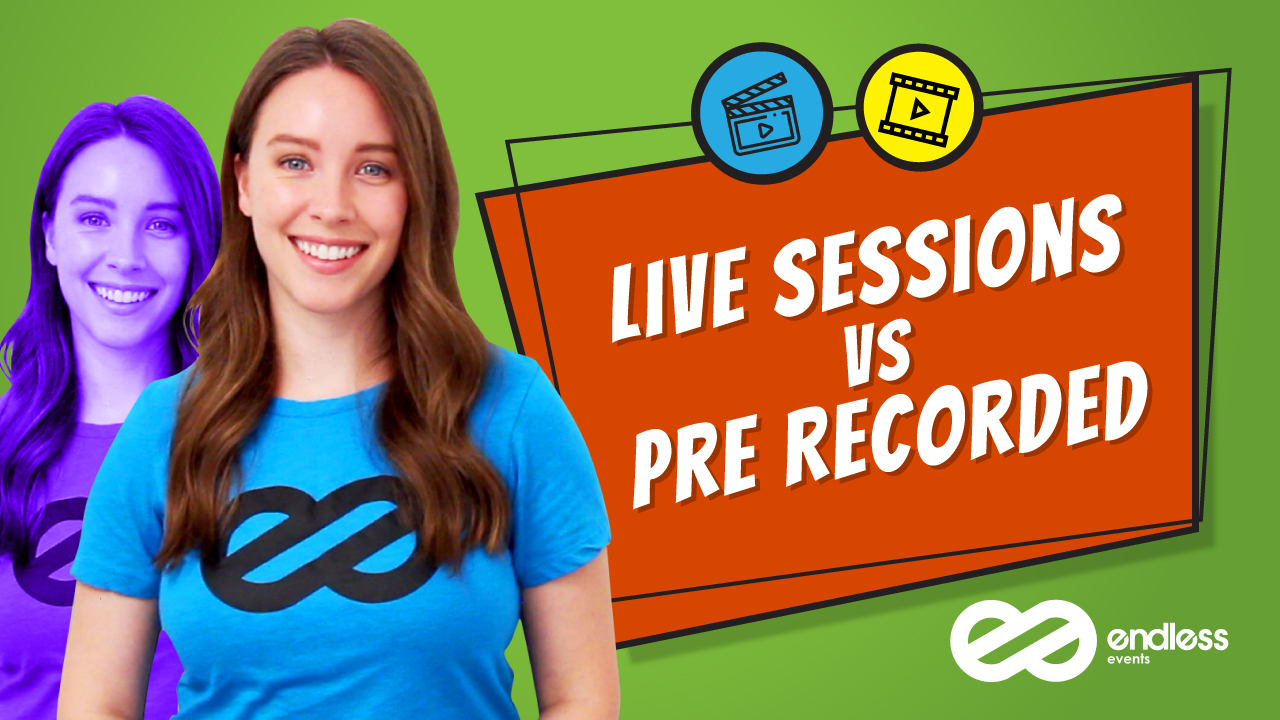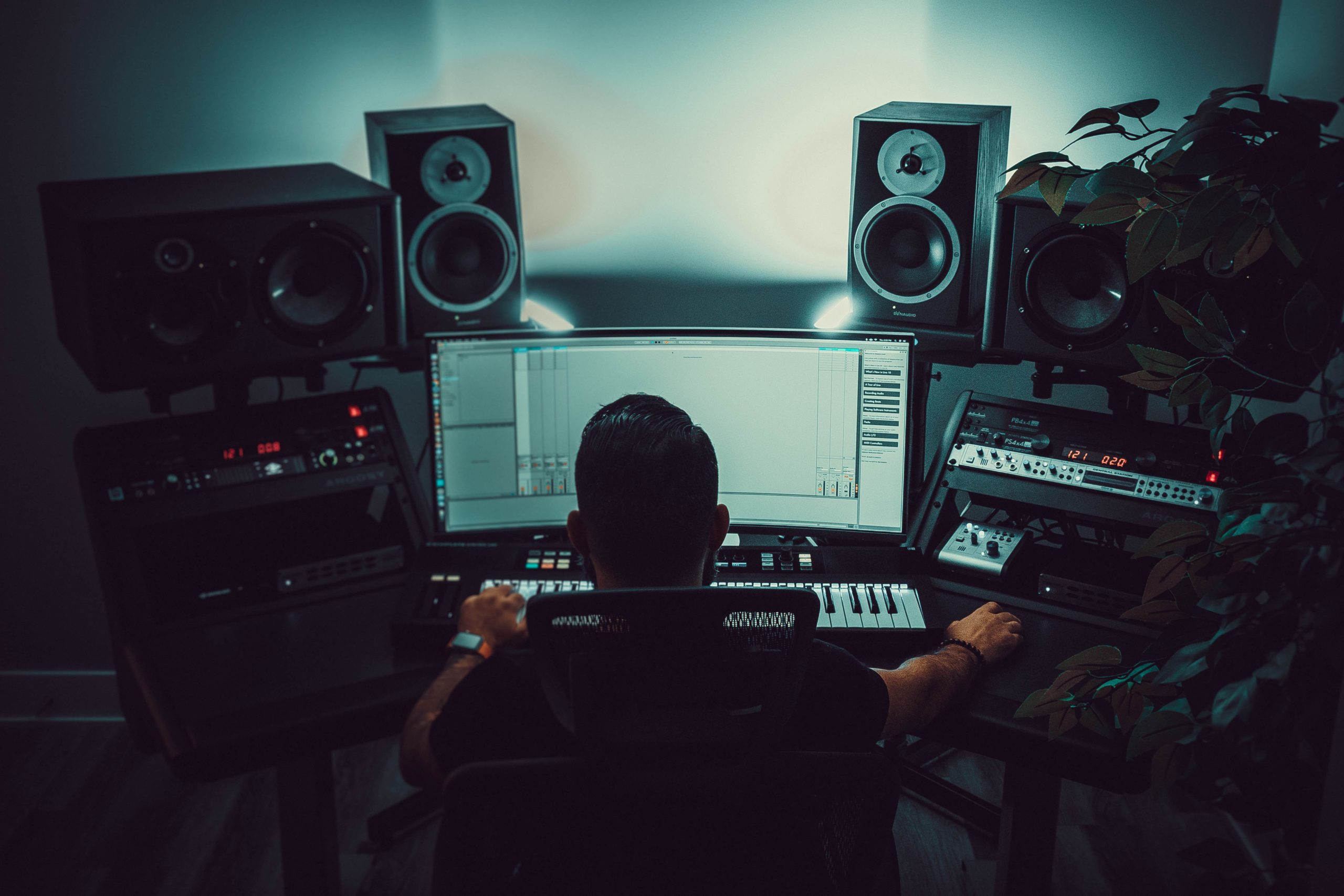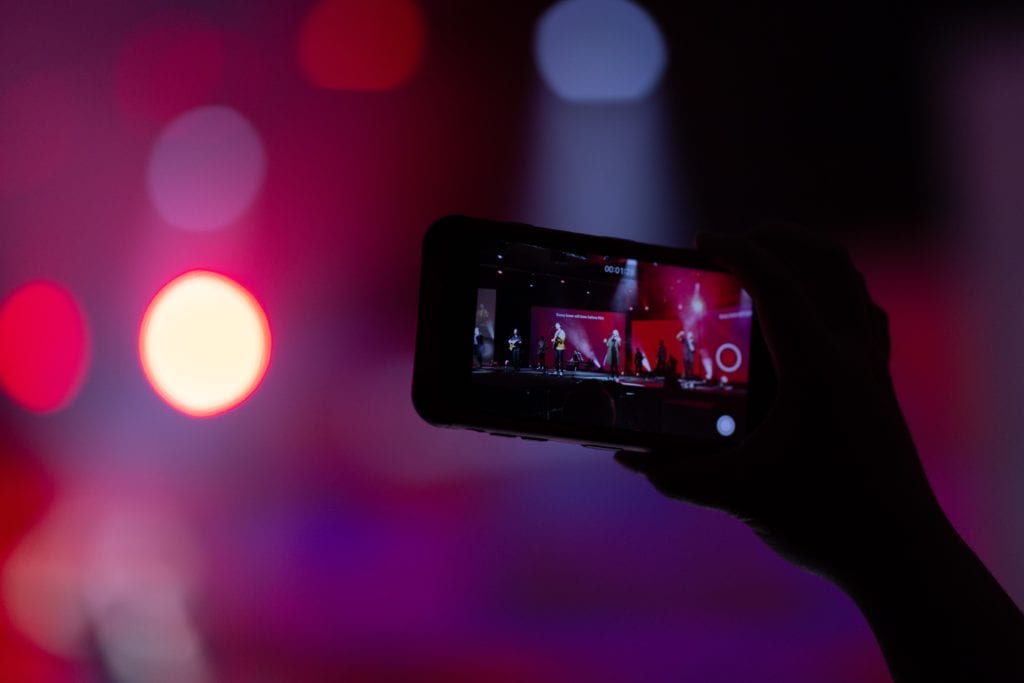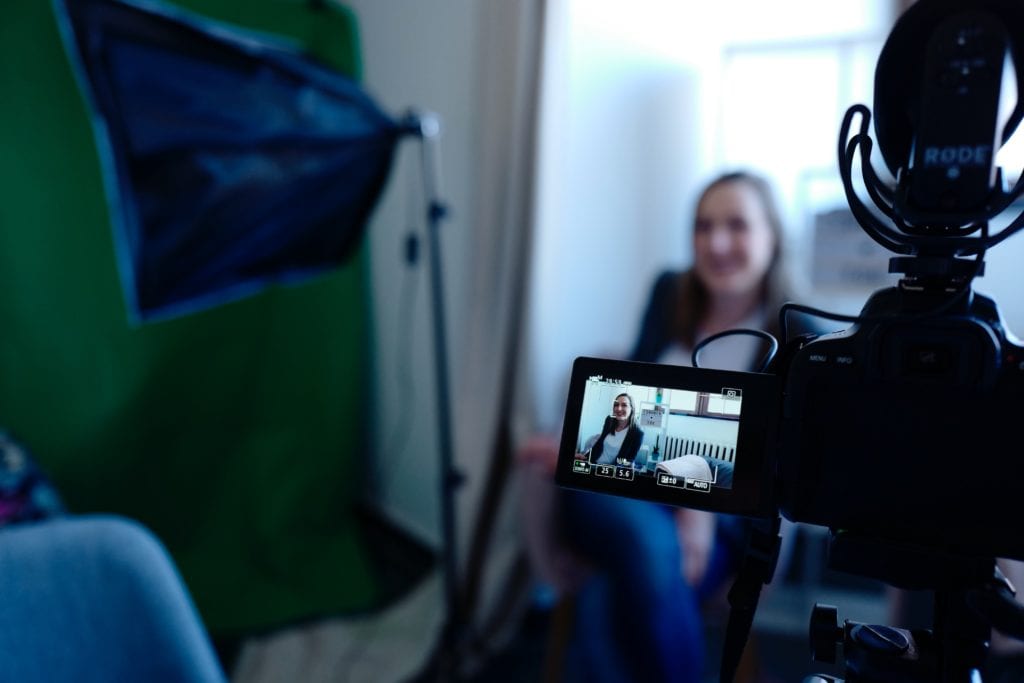With the virtual world taking over the industry, several technical questions tend to pop up. For instance, which platform should you choose? And what techniques and strategies can you employ to engage attendees? What level of production is expected from a virtual event? These are pretty common questions. But one of the most frequent doubts that come our way pertains to sessions. Obviously, content is king now more than ever. And speaker sessions are the biggest component here. But which way should you direct your efforts when it comes to live sessions vs pre-recorded ones?
There are pros and cons to both of these options. Choosing the best one will depend on many factors, including the audience demographics, the goals of your event, your budget, and more. But to give you an overall idea of what each option brings to the table, we put together a comprehensive list of the good, the bad, and the ugly. So keep on reading and find out everything you need to know about live sessions vs pre-recorded!

Let’s Talk Live
Back during the first dark days of quarantine, live streams were everywhere. In a wonderful demonstration of creativity and resilience during hard times, musicians, poets, artists, and actors everywhere kept humanity united. You couldn’t log in to Facebook or Instagram without witnessing a stand-up comedy number or a tiny desk concert. And amid this immense boom, many event planners took a shot at it themselves. But where do the pros end and where do the cons begin?
The Pros Of Live Sessions In Virtual Events
Engagement. When talking about virtual events in general, and live sessions vs pre-recorded in particular, engagement is top of mind. Perhaps one of the most blatant pros of live is the fact that the speakers can engage with the audience in real-time. If you’ve ever watched any of Will Curran’s webinars, you know how great levels of engagement can be achieved through the implementation of this method. From asking the audience funny questions to giving attendees the ability to interact with you instantly, there’s no denying that live sessions offer the chance to get the enthusiasm going in very dynamic and entertaining ways.
Timeliness. If your session is covering topics that quickly change (statistics, for instance), live allows you to present the content accurately. There’s no way of knowing whether or not the information will be out of date by the time you are presenting a pre-recorded session, while live ensures that whatever you say or show at the time is as timely as it can be.
Speakers might prefer it. It’s no secret to anyone that speakers had to do a lot of leg work when events began transitioning to virtual. In-person is very different for everyone, but speakers, in particular, tend to feed off of the energy of the room. Live is the closest they can get to reaching that feeling of euphoria and closeness, which ties together with the engagement section.
Plenty of cheap options. From Facebook to Instagram and Zoom, there are dozens of cheap, if not free, platforms that allow you to live stream sessions. Anyone with a phone can do it!
Requires very little upfront work. Because live streaming sessions imply that the real work begins with the event itself, you don’t have to do much beforehand, such as editing, studio recordings, and so on.
The Cons of Live Sessions In Virtual Events
Connectivity and quality issues. Being able to interact with attendees in real-time is great, but live streaming comes with a lot of risks where excellence is concerned. Plenty of things can go wrong, including the quality of the audio and the video – something that attendees are getting pickier and pickier about due to the number of options available out there. A lot will depend on the location and latency of the speaker and the attendees, which can easily tarnish the reputation of the event.
Requires a lot of onsite work. Because everything is happening in real-time, chances that something will go wrong increase ten-fold. Yes, there’s very little upfront work. But that also means that it’s all hands on deck when showtime begins. This goes for everything from the number of producers to the amount of time you need to spend training the speaker. There are no do-overs!
Too much post-production. If you want to make the content available for on-demand access, which we strongly recommend, you’ll have to spend extra time editing all the live sessions. And this is on top of the time spent during the actual event!
What About Pre-Recorded?
Moving on to the second part of our discussion surrounding live sessions vs pre-recorded! While it’s not exactly a new concept, pre-recorded sessions were mostly used in the context of hybrid events. However, hybrid wasn’t awfully popular back when in-person events were still possible, and pre-recorded only became a buzzword once planners had to start reconsidering the level of production they wanted to invest in within the scope of virtual events. So let’s explore!
The Pros Of Pre-Recorded Sessions In Virtual Events
Less pressure on speakers. Because of all the risks we mentioned above where live streaming is concerned, pre-recorded sessions might be preferable if your speakers aren’t very tech-savvy. It takes the pressure off of having to deliver in real-time and allows for several takes to be done until the perfect result is achieved. Not to mention the time saved on coaching!
A better level of production. Pre-recorded sessions allow you to introduce a myriad of things to your content. From beautiful transitions to perfect lighting, audio, and image quality, the entire event experience is elevated instantly. No blurry faces or choppy audio here! And this is the sort of thing that audiences are looking for now that virtual events are popping up everywhere. They want quality content, backed by quality production.
And less time in post-production. Since all of the work was already done before the event even took place, all of this amazing content can be published everywhere, from your website to your social media. This keeps the hype alive and is a constant source of lead generation in the form of evergreen content.
The Cons of Pre-Recorded Sessions In Virtual Events
Requires a lot of upfront work. It’s essentially the opposite of what happens with live sessions. Pre-recorded sessions usually mean renting a studio, hiring a production company, and editing.
They can feel inauthentic. The level of authenticity with pre-recorded will never mimic the one you get with live sessions. This can be a good thing, as we mentioned before, but it can also make the audience feel disconnected from the speaker if everything feels too rehearsed or excessively forced.
Conclusions
So, what’s the verdict when it comes to live sessions vs pre-recorded? Well, it’s exactly what we said at the beginning – it depends! Consider who your speakers are, what you want your audience to get out of the experience, your budget, your content, and the goals of your event. The good thing about virtual events is that you can even have a mix of both!
Make sure you download our RFP template if you’re looking to contact a virtual event production. They can help you figure out what is best, and the matrix will put you two steps ahead in the planning process!












